
How To Build A Computer Vision Mobile App In Flutter
Artificial Intelligence
Read moreMake understanding images and videos easier: use AI to empower your business to see more
Let’s work together
Computer Vision applications allow computers to process images and videos in order to retrieve specific information, automate processes and make decisions. At Miquido, we use Computer Vision to train models to understand visual, high-dimensional data by feeding Machine Learning models with images. We offer AI solutions to get in-depth insights and provide you with comprehensive solutions.

Labeling and categorising large image datasets can prove to be a difficult task. Image classification involves prediction of the class label for an object in the image, which allows us to automatically assign images to different categories. We can help you with assigning your imagery data to predefined classes and therefore automate the image classification process.
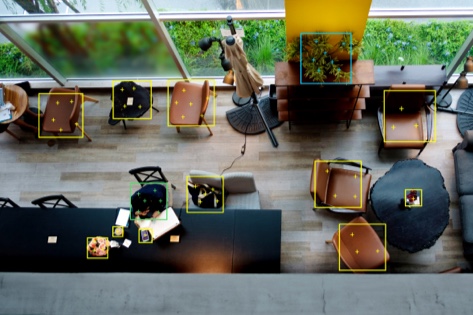
Computer Vision solutions can help you to automate tasks such as monitoring, security systems, etc. This is where Object Detection comes to the rescue: it uses image classification together with other computer vision tasks to identify and localise objects within digital content. It is more advanced than simple image classification, as it is able to classify multiple different types of objects in the image.
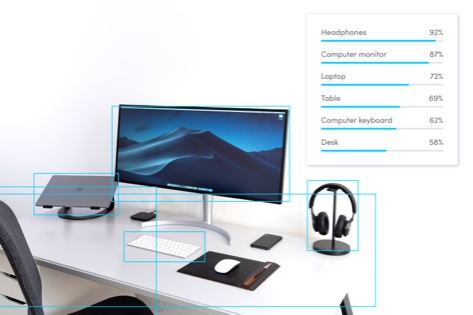
Organising your content properly can save you a lot of valuable time and increase effectiveness. Video and image content indexing detects objects and automatically assigns their tags. Thanks to this feature, your business can speed up real-time video processing, and you can save your team the hassle of manually handling each piece of visual content.
Need your idea verified fast?
Computer Vision allows machines to observe the world and translate those observations into actionable findings. See how it might benefit you.
Save time and resources by making your business processes less prone to human errors! How do we achieve this? By limiting human involvement thanks to task automation, e.g. text extraction, image classification, product quality inspection on production lines in manufacturing, and much more.
Make sure your customers are who they say they are with the help of Computer Vision solutions. Verify your clients’ identities by using their photos, ID’s or passports to assess their identity and reduce the fraud risk to a minimum. This way, you can be certain that your business stays safe and secure.
Keep your content organised and make sure your application is a pleasant experience for all users. Save time on manual content moderation – automate the process of detecting unwanted content, such as offensive gestures and explicit nudity in user-generated images or videos automatically (or semi-automatically).
What’s the point of creating awesome content if no one’s going to find it? Let more users discover, share and interact your content with the aid of Computer Vision solutions. Advanced content searches by image, together with object tagging, allow users to discover similar content and products with ease.
Automate tasks related to analysing visual imagery that would take humans lots of time and harness the power of computer vision to examine video content in real time. By analysing and using visual sequences from multiple cameras and drones, you can use the collected footage for object detection and mapping.
Ready to transform your business?
Get a quote in 48h
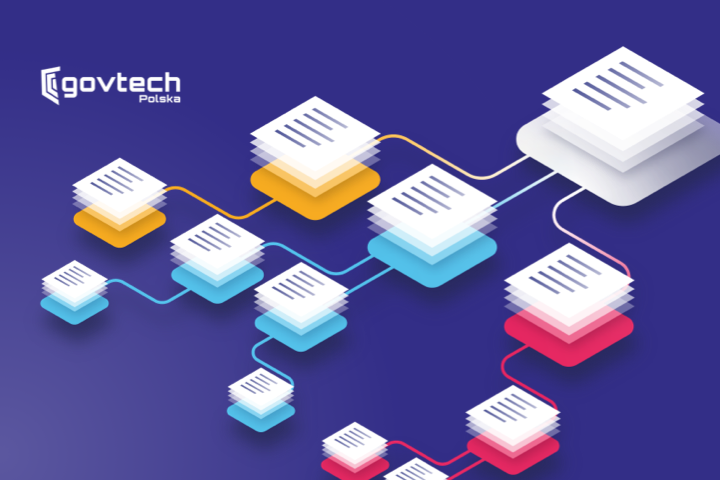
OCR-based patent applications classification
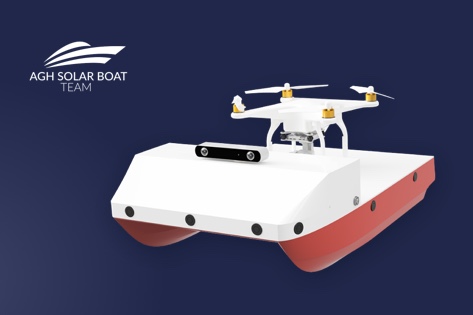
Real-time object detection and mapping using a video stream
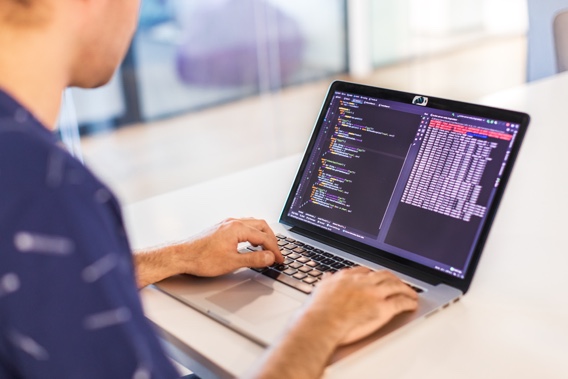
Python
Amazon SageMaker
TensorFlow
Keras
Pandas
Amazon Rekognition
Vision AI
Cloud AutoML
OpenCV

Not sure what Computer Vision is? That’s fine! We’ll be happy to walk you through the most common topics behind AI-based Computer Vision.
Computer Vision solutions are artificial intelligence-based systems that extract information from images. It is an interdisciplinary field involving computer science to make sense of photos and videos. Using visual content and deep learning models, it translates imagery into actionable knowledge.
You can digitise your paper documents, use biometrics to identify and authenticate the right person, search content by images, recognise and classify objects in a picture and much more.
Object Recognition classifies objects detected in an image into one or several predefined object groups. It is one of the most popular Computer Vision applications for determining what is in the image.
Image classification identifies whether something is present in the picture or not.
Content Indexing detects objects in the picture, extracts its content and adds object tags automatically.
Search by Image means that we are looking for information based only on a digital image. In contrast to the traditional search by word, it does not use keywords, tags and metadata attached to the image, but the image itself.
OCR recognizes characters from handwritten or printed text images and then digitises them and displays everything in a computer-friendly format.
Using a face on a photo, face recognition systems involve human anatomy characteristics to compare them against databases and match them with a specific individual. It is used for ID verification, access control, forensics and surveillance to identify and authenticate the right person.
Biometrics encopmases characteristics of individuals based on their physiological features. It can involve face, fingerprints, palm, iris, retina recognition and is widely used for identification and authentication purposes.
Image segmentation is used to cluster pixels in the image into multiple segments with similar characteristics. These segments represent some objects defined within detected contours and can be further used for object detection.

Healthcare is an industry which Computer Vision solutions are truly helping to revolutionise. Speed up the diagnostics process and assist radiologists with scan interpretations with medical image segmentation and analysis. Extraction of image features and automated detection of altered areas can be used for all contemporary imaging modalities like CT, MRI, PET and SPECT, as well as 3D model building.
Search content by image and provide efficient recommendations based on visual characteristics. Low-quality images displayed on your website reflect poorly on your business; image quality control using CV models may be trained to detect and remove, for example, blurred photos that don’t meet required standards. You can also optimise images for the Internet, remove duplicates, and match image content description with the product.
Make your entertainment application both fun and secure for your users, and reduce the workload for your team at the same time. You can make use of facial recognition and tagging on social media with picture metadata, which is based on detecting individual features and matching them with a facial database. For user-generated image quality control, you can automate detecting nudity and banned content before it is visible to the public.
Fintech is an industry that thrives on competitiveness, which is why harnessing the most of the available tech solutions is crucial to succeed. Automate client identity verification and make it available 24/7, make mobile payment more secure using facial recognition and authentication of the right person, use imagery of properties and cars to accelerate your insurance underwriting and quotation process, and much more!

Artificial Intelligence
Read more
Artificial Intelligence
Read more
Artificial Intelligence
Read more
Hi, I’m Jerzy, Head of Innovation & Business Development at Miquido. Fill in the form to the right and we’ll get in touch soon!
The controller of your personal data is Miquido sp. z ograniczoną odpowiedzialnością sp.k. with its registered office in Krakow, ul. Zabłocie 43a, 30-701 Kraków. We process the above information in order to answer your questions, contact you and conduct business communication, and if you tick the checkbox, to send you messages containing commercial, business and marketing materials.
The basis for the processing of your data is your consent and Miquido’s legitimate interest.You can unsubscribe from the marketing communications at any time. You also have the right to access data, the right to request rectification, deletion or limitation of their processing, data transfer, the right to object, as well as the right to lodge a complaint to the supervisory body. Full information about processing of personal data can be found in the Privacy Policy